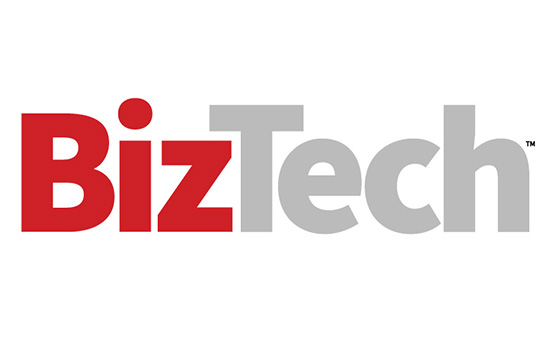Where AI Chatbots Fit Into Small Business IT
For small businesses, AI agents are a powerful way to streamline Tier 1 IT support.
Imagine a chatbot integrated with your company’s help desk system. Employees could ask common questions — about login issues, printer errors, VPN access or company policies — and get immediate answers without creating support tickets.
If the chatbot resolves the issue before escalation, IT leaders save hours each week by reducing repetitive inquiries. Over time, this automation translates into significant cost savings and faster response times for end users.
However, chatbot success depends on data quality. SMB IT leaders should document and maintain a clear knowledge base so the AI can deliver accurate, up-to-date answers. Two key factors determine effectiveness: The quality and organization of the data you feed into the system and the clarity of the questions that users ask the chatbot.
KEEP READING: Data governance fuels artificial intelligence success.
Making AI Interactions Productive for Employees
A successful AI chatbot rollout relies on user education. Because AI interactions are different from search engines, employees need guidance on how to engage effectively.
IT teams don’t need to train every staff member extensively, but they should provide basic instructions on how to phrase questions and refine prompts. For example, the IT department should encourage employees to ask follow-up questions rather than expecting a one-and-done answer. And it should teach users to think of the chatbot as a thought partner rather than a simple search tool.
This approach reduces frustration and increases adoption. AI is most powerful when the interaction is collaborative, not transactional.
LEARN MORE: Harness the power of generative artificial intelligence.
Building AI Literacy Through Training and Support
While AI literacy is crucial, many small businesses lack the time or in-house expertise to develop comprehensive training programs. This is where partnerships and outside resources can make a difference.
CDW, for example, partners with Advanced Learning Partnerships to help organizations develop frameworks for AI adoption that align with their business goals. These initiatives focus on improving operational efficiency while maintaining compliance and security standards.
Additionally, businesses using Google Workspace can take advantage of Gemini workshops, which help employees optimize daily workflows and better understand generative AI capabilities. These workshops are especially valuable for SMBs that rely heavily on Google tools.
Why SMBs Should Act Now
With workforce shortages and limited budgets, SMBs must do more with less. AI-powered chatbots provide a practical, scalable solution for reducing IT workloads while improving employee experience.
Early adopters gain a competitive edge by reducing manual workloads for IT teams, increasing operational agility and creating a foundation for future AI-driven innovation.
By starting with targeted use cases, small businesses can future proof their IT strategy and free their teams to focus on growth and innovation.










